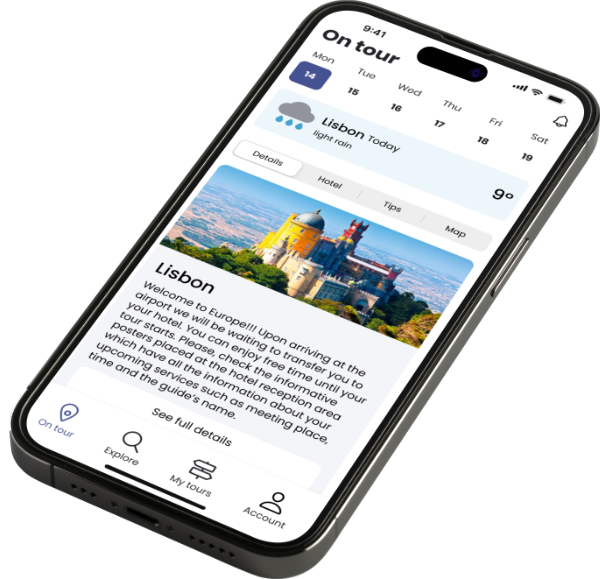BEFORE YOU BUY
THE HIGHEST GUARANTEE AND ASSURANCE
YOUR VACATIONS ARE VERY IMPORTANT! What guarantees do Europamundo offer?
- A JTB Group Company
- One Of The Largest Coach Tour Operators In The World
- A member of the UNWTO
- Company Affiliated to WTTC
 Tours in English
Tours in English Tours in Spanish
Tours in Spanish













